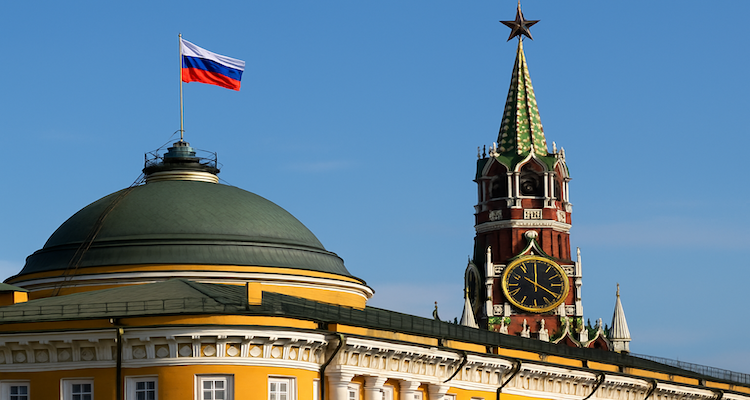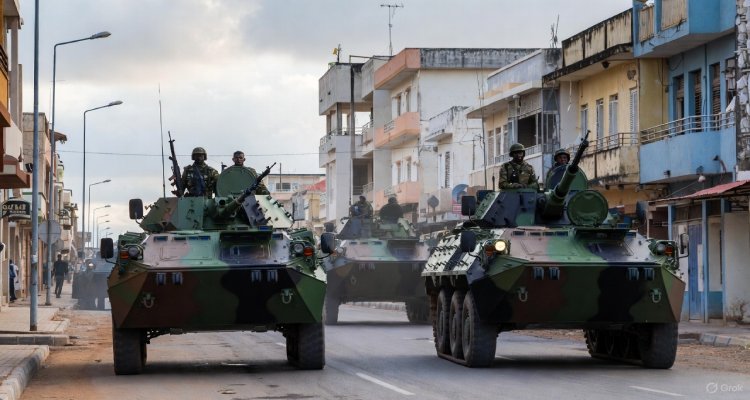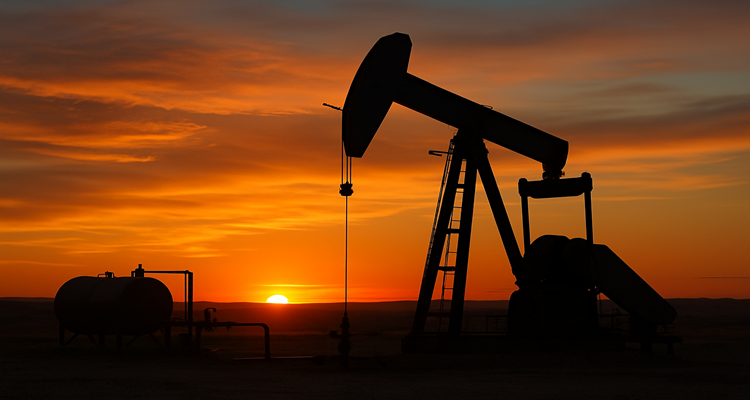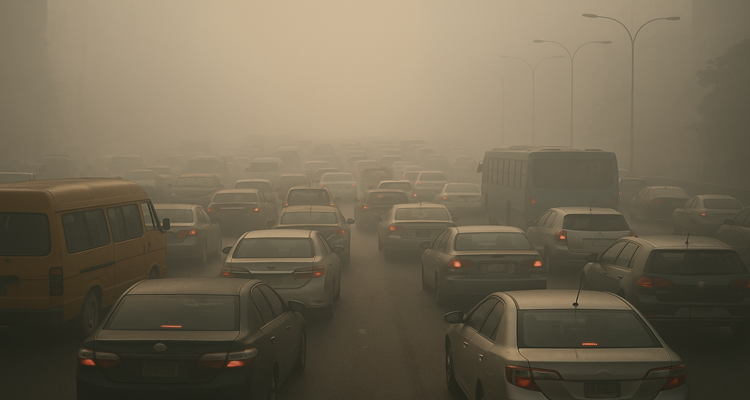Kamchatka Quake Unleashes Pacific Tsunami Threat
A powerful 8.8 magnitude earthquake struck off Russia’s Kamchatka Peninsula, triggering tsunami warnings across the Pacific, injuring several and prompting evacuations from Japan to Hawaii.
Introduction: Earth Shakes, Ocean Roars
In a dramatic reminder of nature’s volatile power, a massive magnitude 8.8 earthquake struck just off Russia’s Kamchatka Peninsula on Wednesday, triggering tsunami warnings that rippled across the Pacific. The quake damaged infrastructure, injured multiple residents, and forced widespread evacuations, including in tsunami-sensitive Japan and the U.S. state of Hawaii.
Context: A Seismic Event on the Pacific’s Edge
The powerful undersea tremor originated near the eastern edge of Russia’s remote Kamchatka Peninsula, an area perched on the seismically active Pacific “Ring of Fire” — a horseshoe-shaped belt known for frequent earthquakes and volcanic activity. The U.S. Geological Survey (USGS) reported that the quake occurred at a shallow depth of just 19.3 kilometers (12 miles), intensifying its ground impact. It was initially estimated at magnitude 8.0 before being upgraded to 8.8, making it the strongest quake in the region since 1952, according to the Russian Academy of Sciences.
Main Developments: Quake, Tsunami, and Evacuations
Russia Hit Hard by Quake and Tsunami
Kamchatka’s Governor, Vladimir Solodov, called it “the most powerful earthquake in decades” in a video shared via Telegram. The quake was centered approximately 119 kilometers (74 miles) southeast of Petropavlovsk-Kamchatsky, a city of over 165,000 residents. A tsunami surge between 3 and 4 meters (10–13 feet) was reported along parts of the Kamchatka coastline, inundating some coastal facilities.
Emergency services confirmed partial flooding at the port and a fish processing plant in Severo-Kurilsk, while a kindergarten also suffered damage. Fortunately, no deaths have been reported, though several people were injured — including one who leapt from a window in panic and another injured inside a newly constructed airport terminal.
Aftershocks and Global Impact
Soon after the main tremor, a magnitude 6.9 aftershock rattled the region, adding to concerns. The US Tsunami Warning System issued alerts for potential “hazardous tsunami waves” across vast swaths of the Pacific, cautioning that waves exceeding 3 meters could hit parts of Russia and Ecuador, while waves up to 3 meters were forecast for Japan, Chile, Hawaii, and the Solomon Islands. Smaller surges were anticipated along the U.S. West Coast and other Pacific nations.
️ Expert Insights & Public Response
Officials Urge Caution, Residents React Swiftly
Russia’s regional emergency minister, Sergei Lebedev, urged residents to stay clear of the coast and seek higher ground. “The tsunami risk is real and ongoing,” he stated.
In Japan, the government quickly raised tsunami warnings for several eastern prefectures, recalling the country’s painful 2011 disaster. Japan’s Meteorological Agency projected waves up to 3 meters and activated tsunami sirens across its eastern seaboard.
On the northern island of Hokkaido, public broadcaster NHK showed people gathering on building rooftops, taking shelter under tents, while fishing boats scrambled to escape harbors.
Yoshimasa Hayashi, Japan’s Chief Cabinet Secretary, reported no damage or radiation issues at nuclear facilities, including the sensitive Fukushima plant, where workers were preemptively evacuated.
Broader Impact: Across the Pacific Basin
Hawaii, U.S. West Coast, and Latin America on Alert
In Hawaii, sirens blared and coastal evacuations were swiftly ordered. The Honolulu Department of Emergency Management issued a blunt warning on X (formerly Twitter): “Take Action! Destructive tsunami waves expected.”
The White House also responded. Former U.S. President Donald Trump posted on social media, urging citizens to follow updates at tsunami.gov, writing: “Japan is also in the way. STAY STRONG AND STAY SAFE!”
The U.S. Tsunami Warning Center added that a “Tsunami Watch” was in effect for the entire Pacific Coast, including Alaska and California, while nations like Chile and Ecuador issued advisories to coastal residents.
Implications and Outlook: Bracing for Aftershocks
Continuing Risk and Regional Preparedness
Danila Chebrov, director of the Kamchatka branch of the Geophysical Service, acknowledged the scale of the event, stating, “While the magnitude was extremely high, the specific characteristics of the epicenter lessened the shaking in some areas.” He emphasized that aftershocks were ongoing and would remain strong, though no larger quakes were expected imminently.
Governments across the Pacific Rim are reviewing preparedness protocols and infrastructure resilience as they assess damage and brace for potential secondary waves.
Conclusion: A Jolt That Crossed Oceans
This earthquake has once again highlighted the unpredictable and far-reaching power of seismic activity along the Pacific Ring of Fire. From the icy coastlines of Russia to the sun-soaked beaches of Hawaii, the ripple effects have served as a stark reminder of the interconnected risks that unite communities around the Pacific Ocean.
Authorities continue to monitor seismic data and tsunami behavior, urging caution in affected regions. As the ground settles, attention turns toward recovery and renewed vigilance.
Source: (Reuters)
(Disclaimer: All content on this website is for general information only. While we aim for accuracy, Wiobs makes no guarantees and accepts no liability for errors, omissions, or actions taken based on the content. External links are provided for convenience; Wiobs is not responsible for third-party content or websites. Use of this site is at your own risk.)
Also Read: Tesla’s $16.5B Samsung Chip Deal Sparks Optimism, But Doubts Linger











